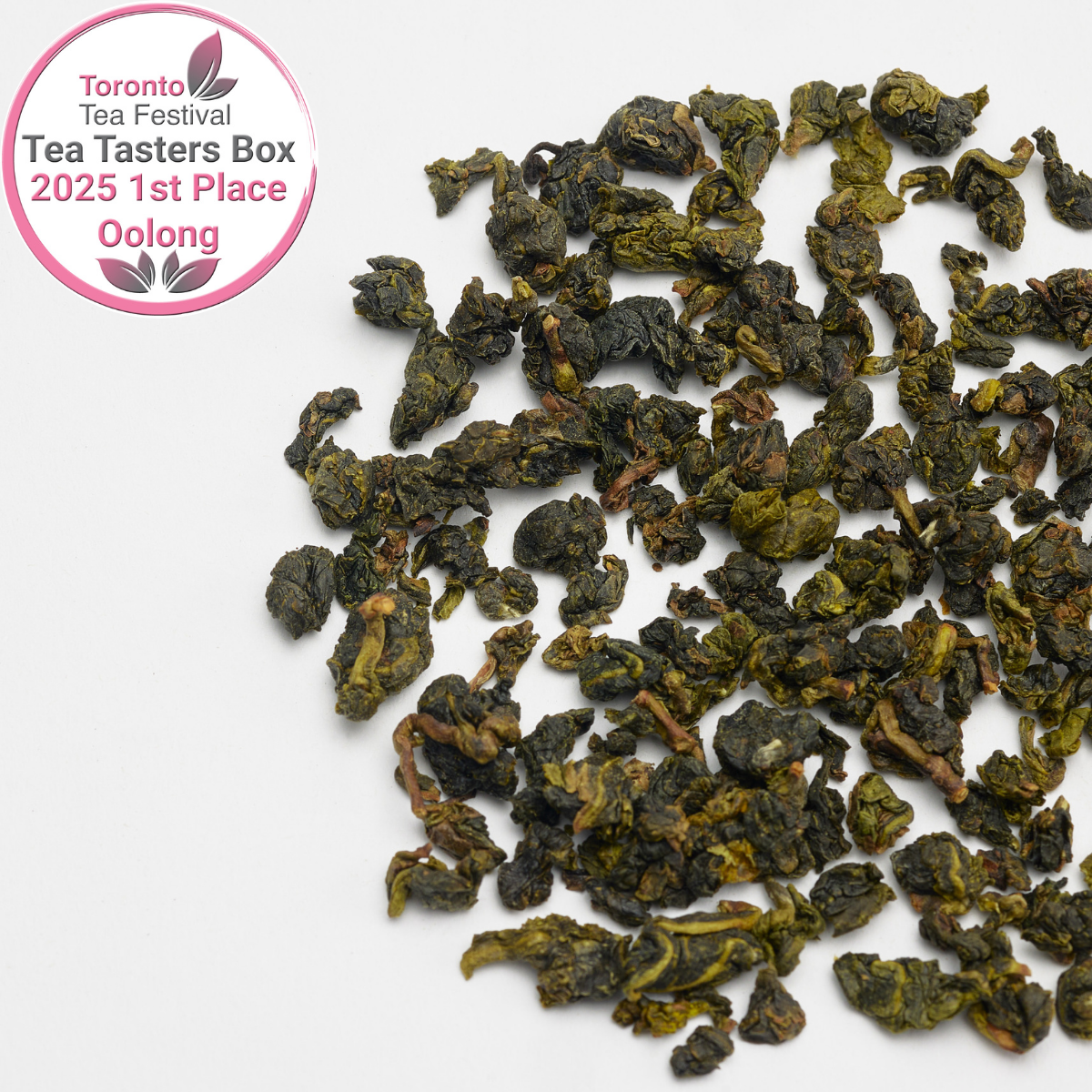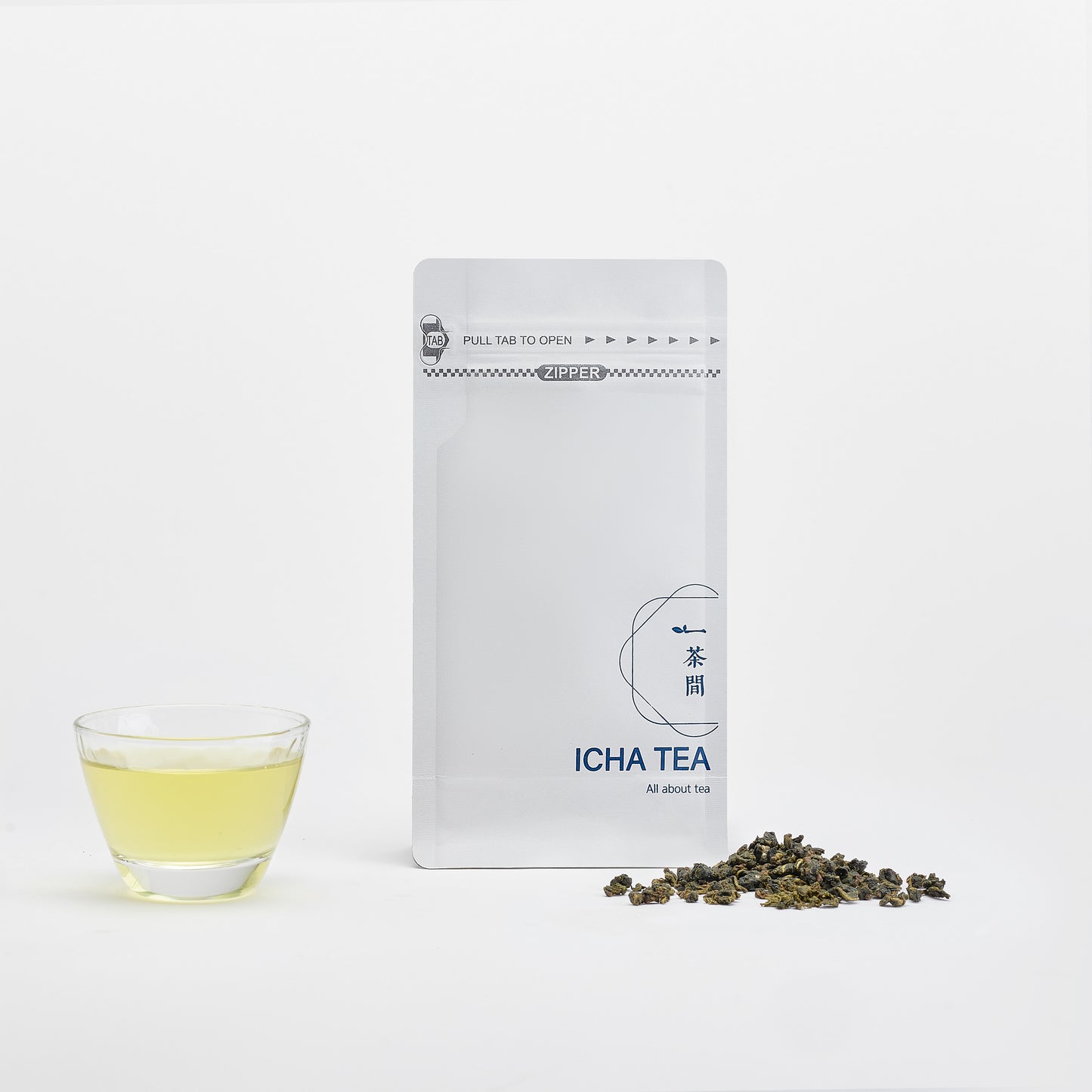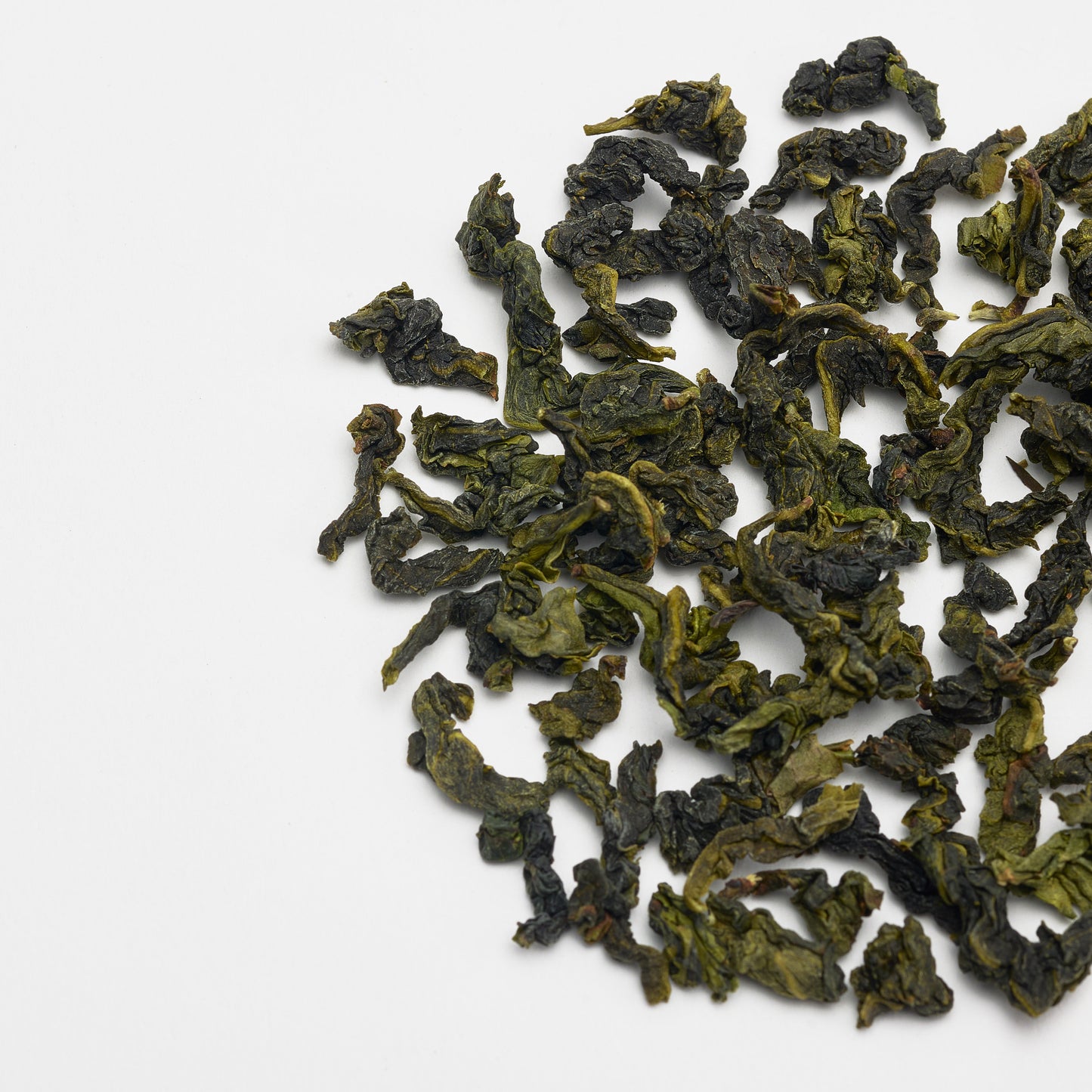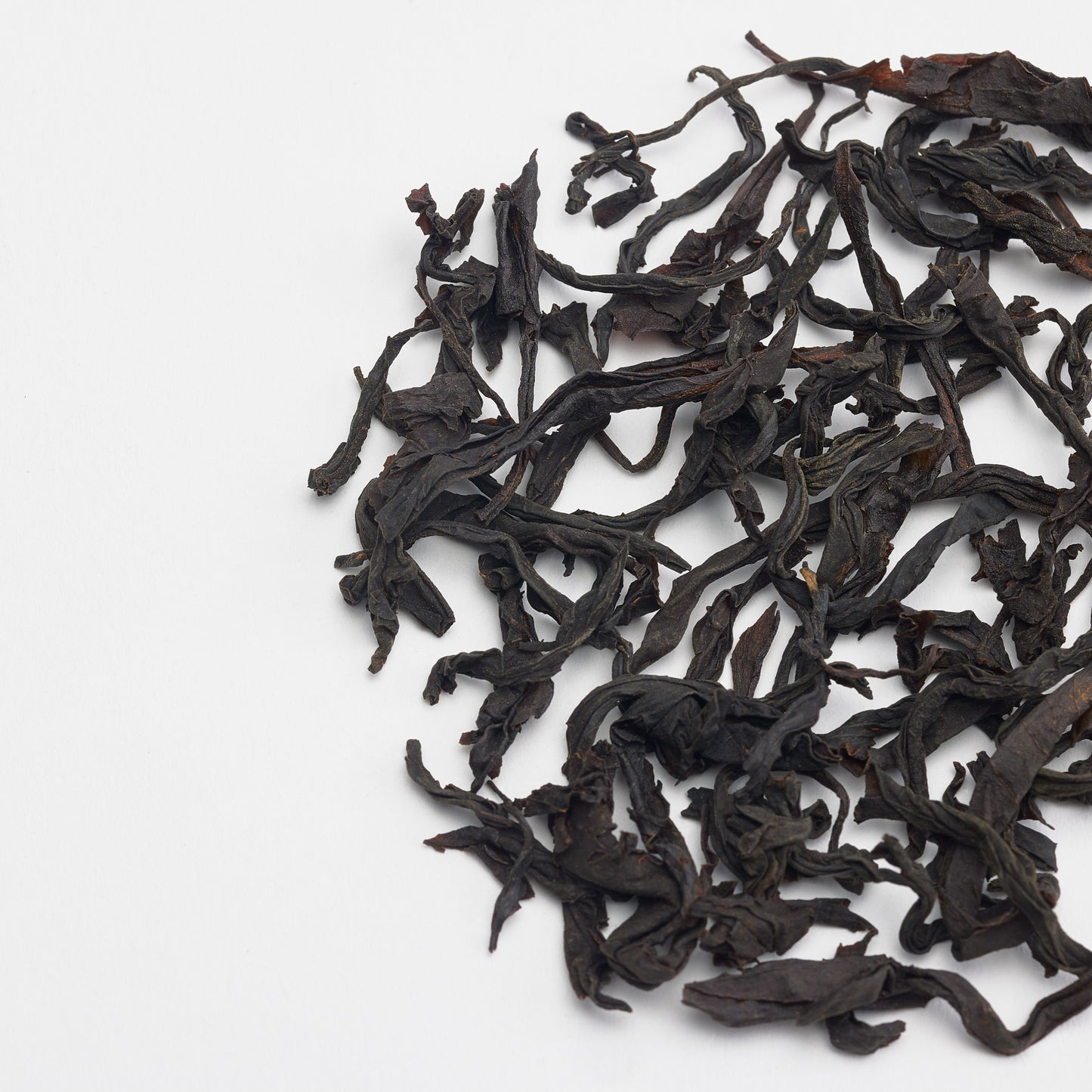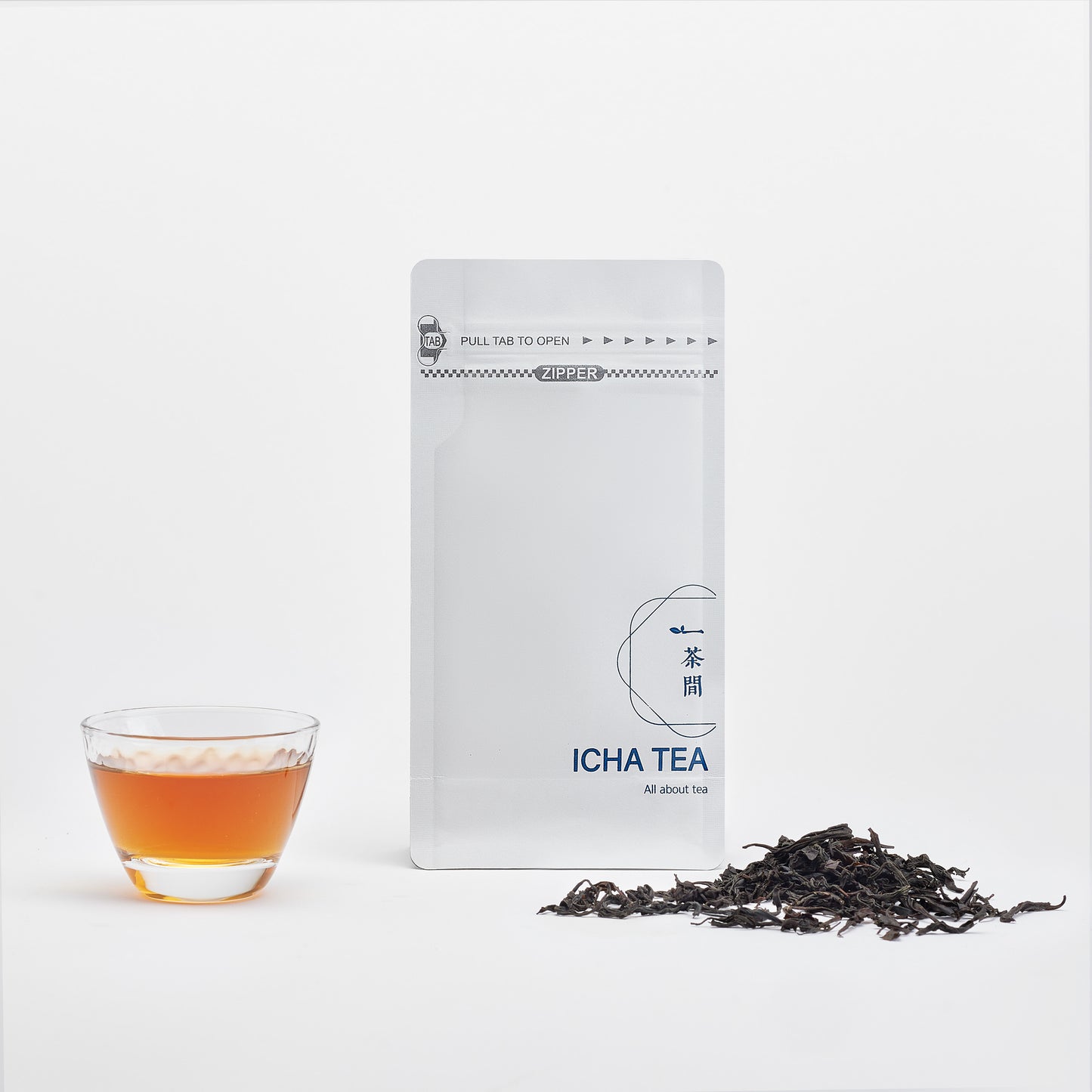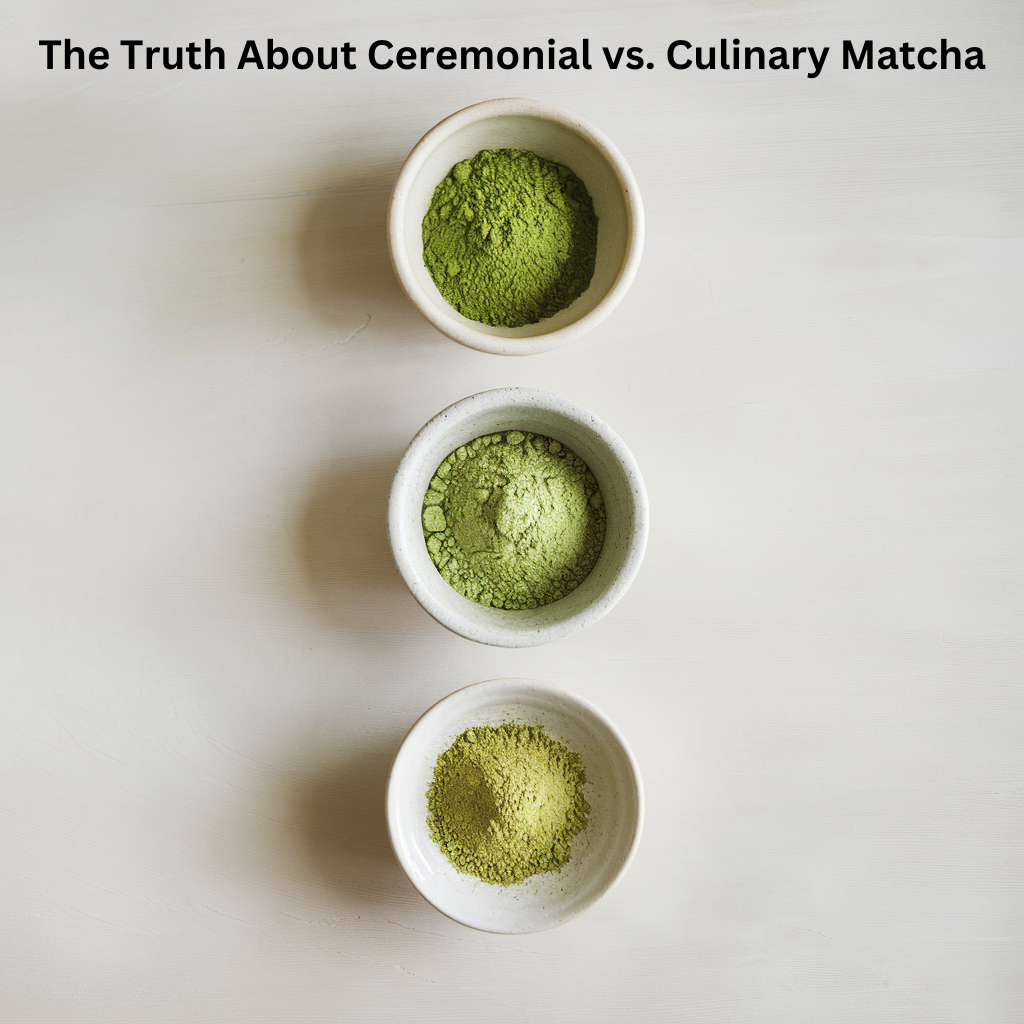
Discover why the traditional matcha grading system is misleading and how to find your perfect match regardless of labels
When you begin exploring the world of matcha, you'll quickly encounter two terms that dominate the conversation: "ceremonial grade" and "culinary grade." These classifications have become shorthand for quality in the Western market, with ceremonial matcha positioned as the premium option for drinking and culinary matcha recommended to stay in the kitchen for baking and cooking.
But is this binary distinction truly helpful for understanding matcha quality? And more importantly, is it accurate?
At ICHA TEA, we believe there's a more nuanced story to tell—one that honours matcha's Japanese heritage while helping you find the perfect matcha for your specific needs.
The Western Matcha Myth: A Simplified Narrative
When matcha first gained popularity outside Japan, marketers needed a simple way to communicate quality differences to newcomers. Thus, the ceremonial/culinary dichotomy was born:
- Ceremonial grade: Higher quality, less bitter, meant for drinking straight
- Culinary grade: Lower quality, more bitter, intended for cooking and baking
This distinction makes shopping seem straightforward and reduces quality to black and white categories. It also makes marketing and branding more effective. But here's what many don't realize:
This classification system doesn't exist in Japan.
How Japan Really Evaluates Matcha Quality
In matcha's homeland, quality exists on a spectrum rather than in rigid categories. Japanese tea masters evaluate matcha based on multiple factors:
- Vibrant colour (indicating freshness and proper cultivation)
- Aroma profile
- Particle fineness
- Taste complexity
- Balance of umami, sweetness, and bitterness
- Growing region
- Cultivation methods
- Harvesting season
There is no standardized grading system with regulatory oversight. Instead, each producer establishes their own quality benchmarks, allowing for artistic expression in blending and production.
This is why what one company labels "ceremonial grade" might be considered mid-range by another producer. Without standardization, these terms become marketing tools rather than reliable quality indicators.
(Learn more about the flavour profile of matcha and what influences the diversity)
The Problem With the Binary Classification
The ceremonial/culinary distinction creates several problems for matcha enthusiasts:
- False quality ceiling: It suggests there are only two quality levels, when in reality, there's everything from entry-level to ultra-premium matcha
- Misleading expectations: A matcha labeled "ceremonial" might still disappoint if you're expecting top-tier quality
- Price confusion: Without understanding the factors that truly influence quality, it's difficult to determine if you're getting good value
-
Limited exploration: It discourages exploring the vast range of matcha varieties with different flavour profiles suited to different purposes
What Really Determines Matcha Quality
Instead of focusing on marketing labels, consider these factors when evaluating matcha:
1. Origin & Terroir
Just as wine reflects its growing region, matcha's flavour is deeply influenced by where it's grown. Different regions in Japan produce distinctive matcha profiles:
- Uji (Kyoto Prefecture): The historical birthplace of matcha, known for balanced, complex flavors
- Yame (Fukuoka Prefecture): Produces matcha with robust umami and sweetness
- Nishio (Aichi Prefecture): Known for vibrant color and rich flavor
-
Kagoshima: Often produces slightly darker matcha with distinctive character due to volcanic soil
2. Shade Cultivation
Authentic matcha requires shade-growing before harvest, which:
- Increases chlorophyll (creating vibrant green color)
- Boosts L-theanine and amino acids (developing umami flavour)
- Reduces astringency
Look for matcha that has been shade-grown for at least 3-4 weeks before harvest for optimal flavor development.
3. Harvest Timing
First harvest (ichibancha) leaves produce the most delicate, sweet matcha with minimal bitterness. Later harvests introduce stronger flavors and increased astringency.
Premium matcha is often made exclusively from first harvest leaves, while more affordable options may blend first and second harvests.
4. Processing & Storage
After harvesting, the leaves must be properly:
- Steamed to prevent oxidation
- Dried carefully
- De-veined and de-stemmed
- Stone-ground to an ultra-fine powder
- Stored in cool, dark conditions
Any shortcuts in this process can diminish quality, regardless of what grade is on the label.
Finding Your Perfect Matcha Match
At ICHA TEA, we believe the best approach is to match matcha to your specific needs rather than rigidly adhering to grade classifications. Here's how we think about it:
For Traditional Tea Ceremony
Seek matcha with:
- Exceptional balance of umami and sweetness
- Minimal bitterness
- Vibrant jade-green colour
- Silky smooth texture
- Complex, lingering finish
For Daily Straight Drinking
Look for matcha with:
- Good balance of flavour
- Pleasant umami
- Manageable price point for regular consumption
- Vibrant colour
- Fresh aroma
For Lattes and Blended Drinks
The ideal matcha will have:
- Stronger flavour that can stand up to milk
- Some natural sweetness
- Less bitterness than typical "culinary" grades
- Good colour that will remain visible when mixed
For Baking and Cooking
Choose matcha with:
- Strong flavour that won't disappear when heated
- Vibrant colour that persists through cooking
- More affordable price point
- Good performance in various recipes
The ICHA TEA Approach to Matcha Selection
Rather than simply labeling our matcha as "ceremonial" or "culinary," we prefer to clearly describe each matcha's flavor profile, optimal uses, and quality factors. We believe this transparency helps you make better choices based on your preferences and needs.
We select our matcha based on:
- Blind taste testing
- Colour evaluation
- Texture assessment
- Flavor complexity
- Value at each price point
- Versatility for different preparations
This approach ensures that whether you're making a traditional bowl of matcha, crafting a latte, or baking matcha cookies, you'll find the perfect option without being limited by oversimplified classifications.
How to Evaluate Matcha Quality Yourself
Next time you're selecting matcha, look beyond the grade labels and consider:
| Quality Factor | What to Look For | What to Avoid | Why It Matters |
|---|---|---|---|
| Colour | Vibrant jade-green or bright emerald hue | Dull, yellowish, or olive tones | Colour indicates freshness, proper shading during growth, and careful processing. Vibrant green matcha contains more chlorophyll and L-theanine. |
| Aroma | Fresh, grassy, sweet, with oceanic or vegetal notes | Musty, hay-like, burnt, or lack of scent | Aroma compounds are volatile and diminish quickly in improperly stored or older matcha. Fresh matcha should have a clean, inviting scent. |
| Texture | Silky smooth, ultra-fine powder similar to eyeshadow or talcum powder | Grainy, coarse particles, visible specks | Proper matcha is stone-ground to approximately 5-10 microns. Coarse texture indicates inferior grinding or processing shortcuts. |
| Taste Balance | Harmonious blend of umami, natural sweetness, and pleasant astringency | Overwhelming bitterness, lack of sweetness, flat profile | Quality matcha offers a complex flavor profile with umami from L-theanine, natural sweetness, and balanced astringency from catechins. |
| Origin Information | Specific region in Japan (Uji, Yame, Nishio, etc.) | Vague origins, non-Japanese sources, or no origin listed | Japan has centuries of matcha expertise and strict cultivation standards. Specific regions have distinctive flavour profiles based on climate and soil. |
| Harvest Details | Information about shading duration (3-4 weeks) and harvest season (first flush) |
No mention of shading or harvest timing | Shading increases L-theanine and amino acids while reducing bitterness. First harvest leaves offer superior flavor and nutritional profile. |
| Processing Methods | Stone-ground, proper de-stemming, temperature-controlled storage | No processing information, potential mechanical shortcuts | Traditional processing preserves flavor compounds and texture. Proper storage prevents oxidation and degradation. |
| Vibrant Foam | Creates smooth, stable foam when whisked | Produces bubbles rather than foam, or foam dissipates quickly | The ability to create stable foam (known as "koicha") indicates proper particle size and freshness. It's a key characteristic of premium matcha. |
| Post-Taste Feeling | Lingering sweetness, clean finish, energizing without jitters | Bitter aftertaste, astringent finish, unpleasant mouth feel | The finish reveals the true quality of matcha and affects your overall experience. Quality matcha leaves a pleasant, sweet, lingering sensation. |
Moving Beyond Labels to True Matcha Appreciation
The journey into matcha appreciation is about discovering your personal preferences rather than adhering to marketing categories. Whether you're drawn to the sweeter, more delicate notes of premium matcha or prefer the robust character of stronger varieties, what matters is finding the matcha that brings you joy.
At ICHA TEA, we invite you to explore matcha based on your taste preferences and intended use rather than rigid classifications. Visit our shop to discover our carefully curated selection, each with detailed tasting notes and recommendations for optimal preparation.
The most important grade of matcha is the one that makes you happy to drink it.

